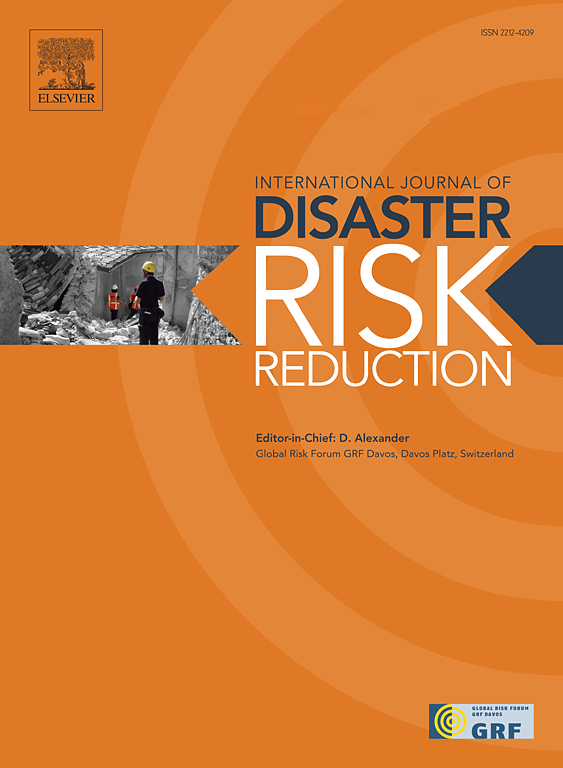The rise of hazard gentrification
IF 4.5
1区 地球科学
Q1 GEOSCIENCES, MULTIDISCIPLINARY
International journal of disaster risk reduction
Pub Date : 2025-05-30
DOI:10.1016/j.ijdrr.2025.105618
引用次数: 0
Abstract
This report conceptualizes hazard gentrification, a distinct form of gentrification that occurs when a natural hazard destroys a significant proportion of a community, and its inhabitants become displaced by wealthier residents. We differentiate this phenomenon of disaster capitalism from other forms of climate, environmental, green, and resilience gentrification; summarize its structural drivers; and review trade-offs for municipalities, environmental sustainability, and housing equity. We conclude with implications for municipal governments, who increasingly face post-disaster decision-making during the rebuilding process.
危险中产阶级化的兴起
该报告将危险高档化概念化,这是一种独特的高档化形式,当自然灾害摧毁了社区的很大一部分,居民被更富裕的居民所取代时,就会发生这种情况。我们将这种灾难资本主义现象与其他形式的气候、环境、绿色和弹性高档化区分开来;总结其结构性驱动因素;并审查市政当局、环境可持续性和住房公平之间的权衡。我们总结了对市政府的启示,他们在重建过程中越来越多地面临灾后决策。
本文章由计算机程序翻译,如有差异,请以英文原文为准。
求助全文
约1分钟内获得全文
求助全文
来源期刊

International journal of disaster risk reduction
GEOSCIENCES, MULTIDISCIPLINARYMETEOROLOGY-METEOROLOGY & ATMOSPHERIC SCIENCES
CiteScore
8.70
自引率
18.00%
发文量
688
审稿时长
79 days
期刊介绍:
The International Journal of Disaster Risk Reduction (IJDRR) is the journal for researchers, policymakers and practitioners across diverse disciplines: earth sciences and their implications; environmental sciences; engineering; urban studies; geography; and the social sciences. IJDRR publishes fundamental and applied research, critical reviews, policy papers and case studies with a particular focus on multi-disciplinary research that aims to reduce the impact of natural, technological, social and intentional disasters. IJDRR stimulates exchange of ideas and knowledge transfer on disaster research, mitigation, adaptation, prevention and risk reduction at all geographical scales: local, national and international.
Key topics:-
-multifaceted disaster and cascading disasters
-the development of disaster risk reduction strategies and techniques
-discussion and development of effective warning and educational systems for risk management at all levels
-disasters associated with climate change
-vulnerability analysis and vulnerability trends
-emerging risks
-resilience against disasters.
The journal particularly encourages papers that approach risk from a multi-disciplinary perspective.
 求助内容:
求助内容: 应助结果提醒方式:
应助结果提醒方式:


